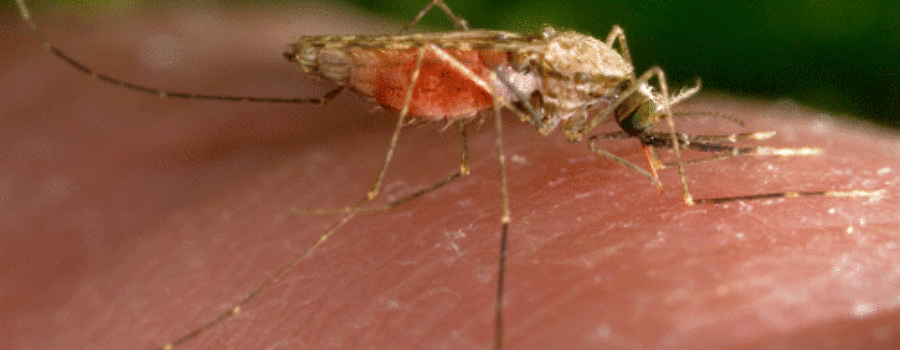While in Malawi, I work at the Blantyre Malaria Project. For the last 30 years, the Project has been studying and working to find new therapies for one disease, cerebral malaria. From a public health standpoint, malaria is the most important parasitic disease of humankind. (A parasite is a multi-celled organism that causes disease.) Half of the people on Earth live in places where they can catch malaria. 435,000 people die of it every year and two-thirds of them are children less than 5 years old. Do the math. That is about one person dying of this disease every minute. Malaria comes in different types (keep reading!). Cerebral malaria is not the most common form, but it’s the deadliest. Even if a child survives cerebral malaria, they can be left with permanent neurologic injuries like cerebral palsy, epilepsy, blindness, poor learning, and terrible behavioral problems. Many people across the world have spent a great deal of effort combating malaria. But what if we had a disease like this in the USA or Europe? How much time, effort, and money would go into combating malaria if it was killing American or European children at the rate of one a minute?
People become infected after being bitten a mosquito carrying the parasite. The mosquito feeds on the human’s blood but leaves behind an unwelcome infection. The parasites travel to the liver where they silently divide for a week before being released into the blood. There, they infect red blood cells and wildly reproduce. The parasite eventually destroys the red blood cell, producing malaria’s symptoms: fever, shaking chills and body aches.
We work towards the goal of making sure that some day in the future, no child dies of this preventable disease.
In medicine, there are two basic types of malarial disease, uncomplicated and complicated. Complicated is also called “severe” malaria. Uncomplicated malaria feels like a bad case of the flu and is treated by medicines taken by mouth. Severe malaria means that one of the body’s organ systems is not working normally due to the parasite and is treated by intravenous medicines. How the body’s organs stop functioning normally from this disease is interesting. After the parasite infects the red blood cell, it doesn’t immediately destroy it. First, it starts placing its own proteins on the red blood cell surface. These parasite proteins are sticky. They cause the red blood cells to stick to the insides of blood vessels (arteries, veins, capillaries) in our body’s organs. If too many infected red blood cells get stuck in the kidneys, the child goes into kidney failure. If the lung is the main target, the child will breathe very fast but still can’t get enough oxygen. And if the infected red blood cells get stuck in the blood vessels of the brain, the child falls unconscious, starts having seizures, and looks like they are going to die any second.
That is cerebral malaria.
The definition we use to make the diagnosis is coma (“unarousable unresponsiveness”, as opposed to sleep which is arousable unresponsiveness) in someone with a malaria infection. If cerebral malaria isn’t treated, it is 100% fatal. Even with the best treatments available (like at the Blantyre Malaria Project), 15% of children die. That’s almost one in six. Almost 100,000 children die of cerebral malaria every year.
Cerebral malaria is the reason for the existence of the Blantyre Malaria Project and similar research programs. Our work falls into two interrelated areas, pathophysiology and treatment. Research on pathophysiology, in this case, means figuring out what is happening in the human body between the time of the infecting mosquito bite and the child losing consciousness and ultimately dying or suffering neurological injury. Though there are many steps in this process, which are the most important? And of the important steps, which could be targeted using medicines or other therapies to help the child recover? Despite decades of work, humankind’s knowledge of the pathophysiology of malaria is incomplete. Scientists must figure out the most important steps in the disease process before considering how to cure a disease. Once you think a new therapy might be effective it must be tested. Testing new therapies is called “clinical trials.” Here in Malawi we do research on both malaria pathophysiology and clinical trials.
I hope this isn’t depressing. Malaria has become much less common in the last decade, due to a lot of hard work by thousands of people. There is even a partially effective vaccine undergoing testing. But it is a Formidable Foe, deserving our strongest efforts. We work towards the goal of making sure that some day in the future, no child dies of this preventable disease.






